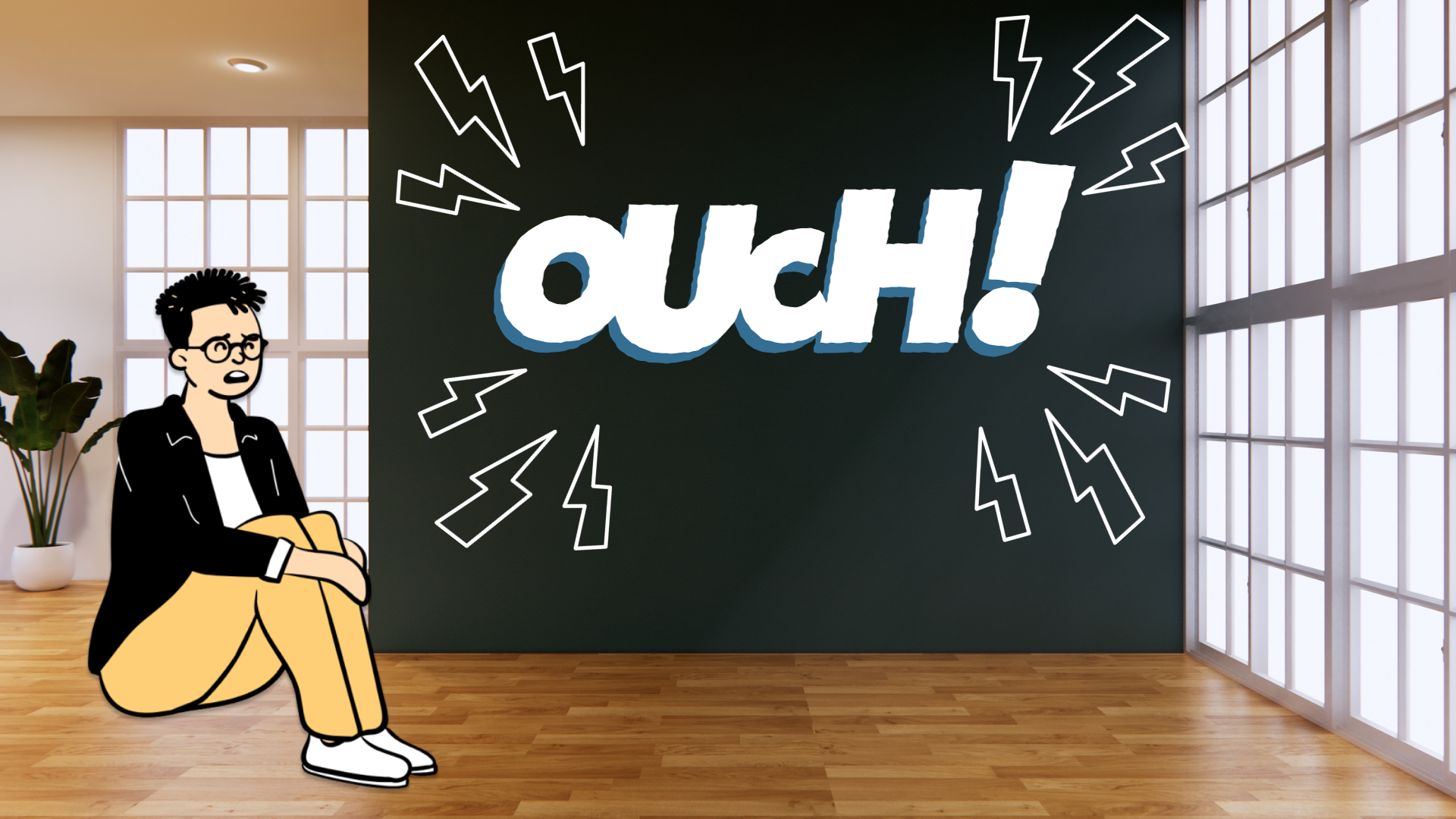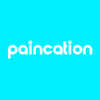Finding Relief: Understanding Pain and Seeking Healthy Solutions
Where does pain come from and how can we find relief without painkillers? Research shows the brain plays a key role in producing the feeling of pain, and that natural therapies and digital tools can help reduce our suffering.

Where does pain come from and how can we find relief without painkillers? Research shows the brain plays a key role in producing the feeling of pain, and that natural therapies and digital tools can help reduce our suffering.
The Physical Source of Pain
Pain stems from activity in the somatosensory cortex, the part of the brain that processes sensory information from across the body. When nerves detect potential harm, like an injury or inflammation, they send signals to the brain. The somatosensory cortex interprets these signals as pain to alert us to a problem.
But pain isn’t just physical - psychology impacts how our brain perceives these signals. Factors like stress, lack of sleep, and anxiety can actually amplify pain by altering brain activity.
Relieving Pain Naturally
The good news is we can take steps to manage pain without relying solely on painkillers:
- Exercise boosts natural endorphins that interact with brain receptors involved in pain modulation. Starting a regular workout routine helps reduce overall pain sensitivity.
- Meditation and mindfulness directly impact brain networks related to pain processing. Taking time to meditate can lessen the discomfort of chronic pain.
- Cognitive behavioural therapy provides tools to change thought patterns around pain. Working with a therapist can help retrain your brain’s perceptions.
The Digital Wellness Toolkit
New digital health products provide additional ways to find pain relief through customized brain training:
- Soothing music apps leverage neural rhythms to promote relaxation and pain relief.
- Virtual reality immerses you in calming environments to distract from pain.
- Games and neurofeedback devices help teach cognitive skills to reduce pain.
No one needs to live with constant pain. Understanding the science behind suffering points us to new solutions. With an integrative approach, we can create healthier relationships with pain and start reclaiming our lives.


